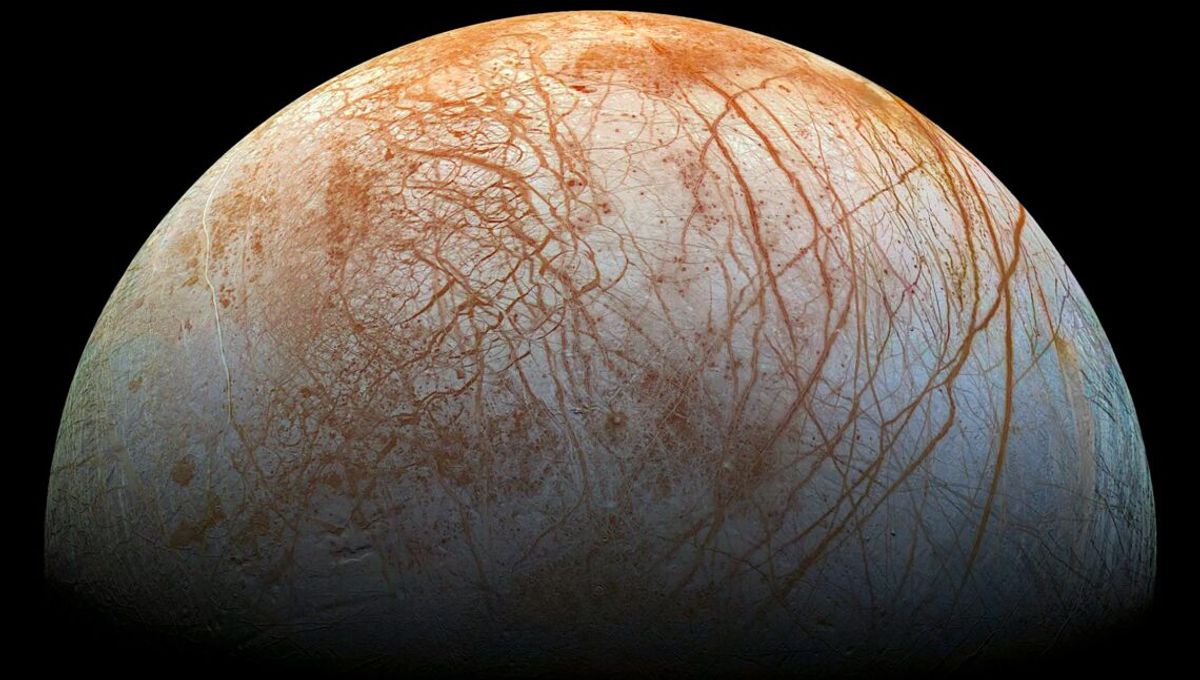Unlocking the Secrets of Icy Moons: A New Approach to Detecting Extraterrestrial Life
Amidst the vast expanse of our Solar System, the icy moons have long intrigued scientists with the possibility of hidden oceans teeming with life. Recent advancements suggest that the secrets of these subterranean waters could be unlocked not through complex drilling, but by analyzing a single ice grain. This groundbreaking approach could revolutionize our search for life beyond Earth, offering a glimpse into the mysterious ocean worlds that lie beneath the frozen surfaces.
Embark on a Cosmic Quest: Unveiling the Mysteries of Life in the Universe’s Icy Depths
The Potential of Icy Moons
Our celestial neighbors, the icy moons, are thought to harbor vast oceans beneath their frosty exteriors. The notion of accessing these hidden seas has captivated scientists, who have proposed deploying robotic drills. Yet, a novel study indicates that the keys to these alien oceans might be found within the minuscule confines of an ice grain.
These distant moons, such as Europa and Enceladus, eject plumes of ice into space, offering tantalizing clues about the subsurface conditions. The ejected material, potentially teeming with life, could be within our grasp, challenging our understanding of where life can flourish.
Innovative Research Techniques
Researchers have devised a method to simulate the conditions within these icy moons’ oceans. By studying a resilient bacterium, they have demonstrated that even the smallest traces of life could be detected by instruments aboard spacecraft. This revelation has profound implications for our search for extraterrestrial life, suggesting that we may soon have the tools to uncover it.
Dr. Fabian Klenner and his team have provided a beacon of hope, asserting that forthcoming space missions could be equipped to identify life forms akin to those on Earth. Their work has laid the groundwork for a new era of astrobiological discovery.
The Role of Sphingopyxis Alaskensis
The research team selected a microorganism well-suited to the harsh conditions of icy moons. Sphingopyxis alaskensis, a bacterium native to the frigid waters of Alaska, serves as a model organism for potential extraterrestrial life. Its ability to endure extreme cold and nutrient scarcity makes it an ideal candidate for study.
Envisioning how such bacteria could migrate from the ocean depths to the surface, the team hypothesizes that these microorganisms could be encapsulated within ice grains, akin to sea spray’s ocean scum, and thus be detectable.
Implications for Space Exploration
The implications of this research extend far beyond the laboratory. They suggest a new frontier in space exploration, where the search for life is not confined to distant planets but includes the icy moons orbiting our own Solar System’s planets.
With the right instruments, such as those aboard the upcoming Europa Clipper mission, the detection of life in these remote worlds could be more feasible than previously imagined. This prospect excites scientists and space enthusiasts alike, as it could redefine our understanding of life’s resilience and distribution in the cosmos.
The Europa Clipper Mission
NASA’s Europa Clipper, set to launch in the near future, will be equipped with sophisticated instruments capable of detecting the very molecules that could indicate the presence of life. Among these, lipids are of particular interest due to their stability and role in forming cellular membranes.
Professor Frank Postberg and his team underscore the mission’s potential to find life, or its traces, within the ejected ice grains from these ocean worlds. The Europa Clipper represents a monumental step in our quest to understand the universe and our place within it.
